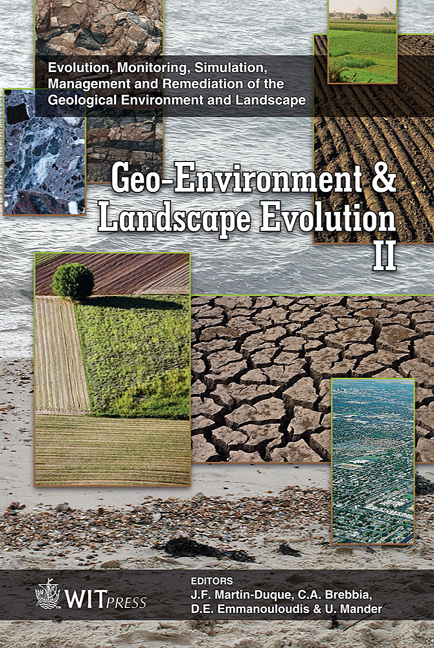Geotechnical Evaluation Of Stabilized Dredged Material (SDM) From The New York/New Jersey Harbor
Price
Free (open access)
Transaction
Volume
89
Pages
11
Published
2006
Size
384 kb
Paper DOI
10.2495/GEO060431
Copyright
WIT Press
Author(s)
A. Maher1, A. Sarmad2 & M. Jafari1
Abstract
As a result of the 1997 ban on ocean dumping of dredged sediments, the States of New York and New Jersey have embarked on a rigorous program of seeking environmentally friendly solutions to the handling of dredged material, including the beneficial use of stabilized dredged material (SDM) in roadway applications. A pilot study was initiated in 1998 to construct two embankments on a site in Elizabeth, NJ, where SDM was successfully used as a cover for more than 100 acres of commercial development area. The pilot study included a laboratory phase for geotechnical evaluation of SDM, and a field phase for monitoring and evaluation of the construction process, as well as the performance of the fills following construction. The results of the laboratory study, as reported in this paper, demonstrate that SDM satisfies most of the geotechnical criteria for fill construction, except those for durability, requiring proper coverage and protection similar to those provided for fills constructed on cohesive soils. Keywords: dredged material; contaminated sediments; beneficial use; embankments. 1 Introduction The Port of New York and New Jersey is the largest Port on the East coast of the United States, situated in the metropolitan center of the Hudson Raritan Estuary complex. The New York / New Jersey Harbor complex is naturally shallow, with an average depth of 19 feet at low tide. Due to the Port’s strategic position in regional and international trade, the U.S. Army Corps of Engineers has
Keywords
dredged material; contaminated sediments; beneficial use; embankments.





